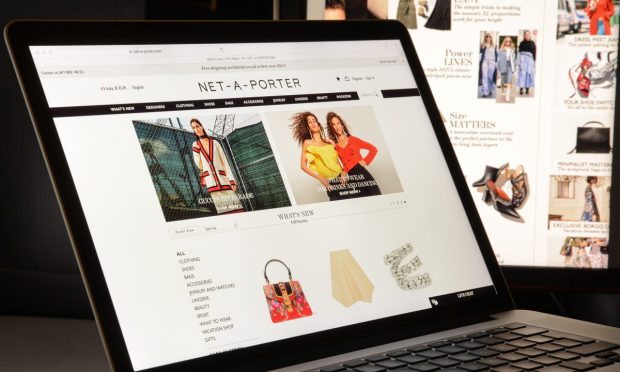Marketplaces, Direct-to-Consumer Power Future of Digital Luxury Sales

For decades, luxury brands could only be found in luxury department stores, sold by retailers rather than the labels themselves. But with the growth of eCommerce allowing for more direct connections with customers, and therefore a more controlled brand message, that model may be obsolete, at least online.
Take, for instance, luxury goods conglomerate Richemont, which has spent years trying to make the wholesale eCommerce model work through YOOX Net-a-Porter and now is in “advanced discussions” with luxury marketplace Farfetch, which owns no inventory and instead provides a platform to brands and boutiques.
Richemont said Farfetch would invest directly in YOOX Net-a-Porter as a minority shareholder and provide its technology to power the digital presence for the conglomerate’s other brands, including Cartier and Van Cleef & Arpels. Richemont’s brands, or Maisons, would also join the Farfetch marketplace.
The partnership is not guaranteed — both Richemont and Farfetch said in separate statements that there are still issues to resolve over price and terms, and any transaction would be subject to regulatory approval. But Richemont noted that other “industry players” and investors have expressed interest in investing in YOOX Net-a-Porter, and the “ultimate objective” is to make YOOX Net-a-Porter “a neutral platform, with no controlling shareholders.”
Richemont is also trying to expand Net-a-Porter’s reach through a new resale initiative, powered by secondhand market technology provider Reflaunt, to allow customers to reseller designer goods. The project will ultimately include all of Net-a-Porter’s platforms, including Mr Porter and The Outnet; this is the company’s first major effort in the resale sector.
See: Luxury Brand Net-a-Porter Steps Into Resale Market
PYMNTS reported in a recent tracker that online luxury purchases grew 39% worldwide year over year in both April and May of 2020. Online retail sales are anticipated to account for 25% of total luxury purchases by 2025, up from 10% in 2019.
Related: eCommerce Platform Fancy On Curbing Friction In Cross-Border Luxury Sales
Online Competition
To be sure, the obituary for the luxury department store can’t be written yet. Earlier this year, for example, private equity company Insight Partners invested $500 million in Saks.com to help parent company Hudson’s Bay split the brick-and-mortar Saks operations from digital in order to allow the two segments to focus on their strengths.
The breakup and investment valued Saks.com at $2 billion which is reportedly about 30% more than the total valuation of Hudson’s Bay Co. when it went private last year. Insight Partners Managing Director Deven Parekh said in a statement at the time that luxury eCommerce “is an exceptionally resilient high-growth sector,” and he aims to make Saks “the defining company in luxury eCommerce.”
Also read: Online Arm of Saks Preps IPO
And Amazon, of course, is starting to make inroads in its own luxury marketplace, which it launched just over a year ago as an invitation-only platform for U.S. Prime subscribers before opening it to a wider set of customers. Amazon Luxury Stores carries exclusive items from myriad brands, including Oscar de la Renta, Chufy, Mira Mikati and Altuzarra, and gives customers access to a reserved customer service hotline.
See: Amazon Upgrades Luxury Marketplace With Glossy Ads Aimed At Designers, Customers
PYMNTS proprietary data show that Amazon has nearly 16% share of the total clothing and apparel category and a 48% share of apparel sold online. Overall, the Seattle-based company sees 50% of all eCommerce purchases made.